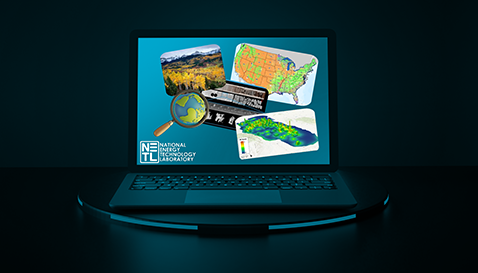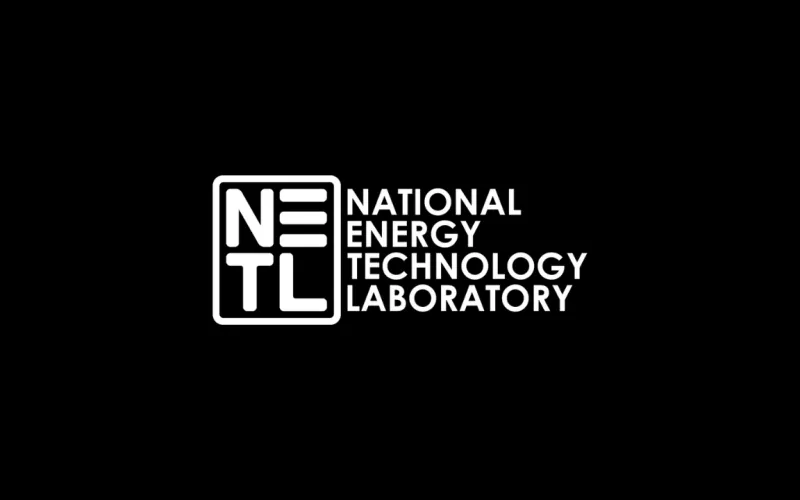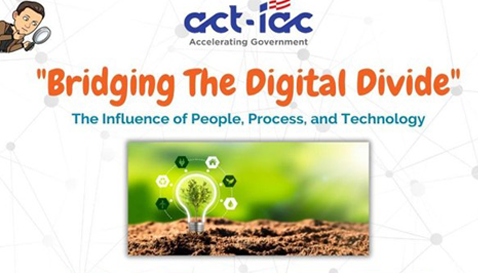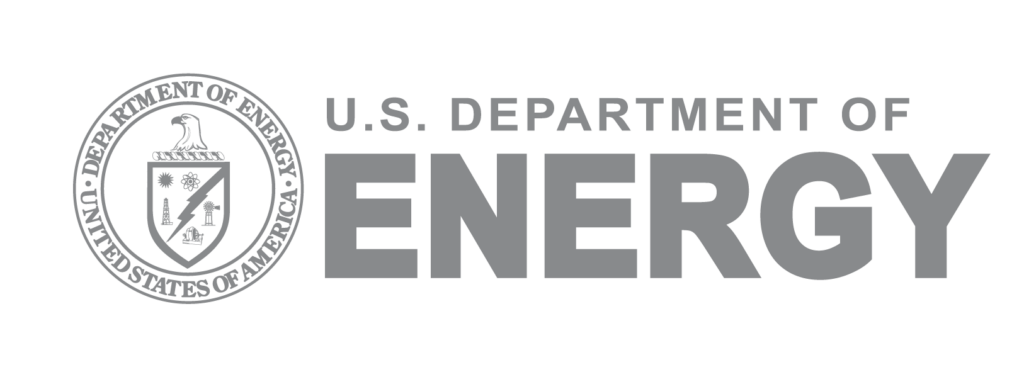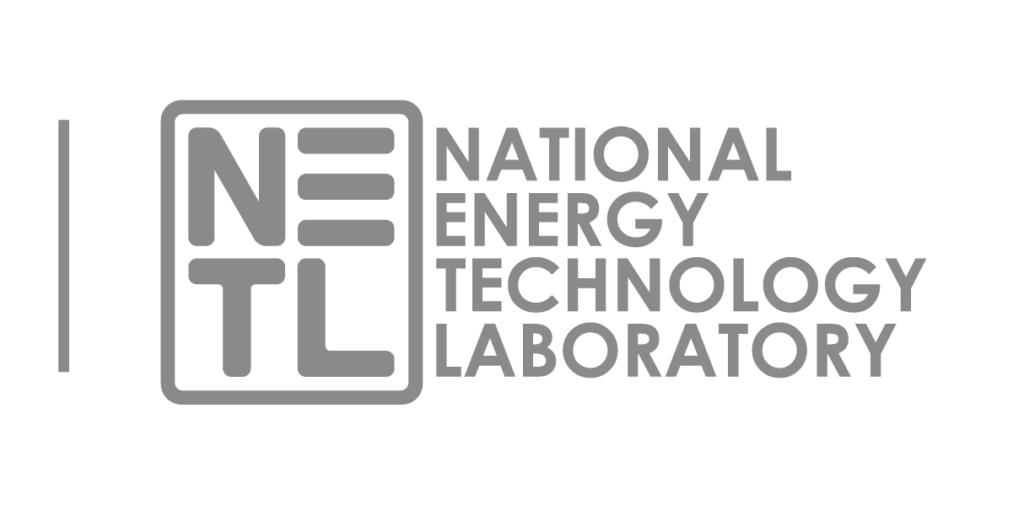The continual growth of geologic carbon storage projects calls for the growth of comprehensive data resources to support project planning, geologic characterization and risk analysis. Researchers at NETL recently published a new dataset, the Catalog of U.S. Prospective Subsurface Storage Reservoir Sealing Formations, that aggregates prospective seal units for potential storage resources within the U.S. for geologic carbon storage in both onshore and offshore basins.
disCO2ver
Unlocking data-driven capabilities for the entire CCS community
Home » News
News
NETL will showcase ongoing work by researchers from the public and private sectors to identify and address the nation’s greatest energy, environmental and economic challenges during the 2024 NETL Resource Sustainability Project Review Meeting, scheduled for April 2-4 in Pittsburgh, Pennsylvania.
NETL experts in the field of carbon management participated in the Carbon Capture, Utilization and Storage (CCUS) conference this week in Houston, Texas, where leaders from research institutions, universities and industry demonstrated the ongoing need for skilled petroleum geologists, geophysicists and engineers to help define the future of carbon management.
NETL experts in the field of carbon management participated in the Carbon Capture, Utilization and Storage (CCUS) conference this week in Houston, Texas, where leaders from research institutions, universities and industry demonstrated the ongoing need for skilled petroleum geologists, geophysicists and engineers to help define the future of carbon management.
The conference highlighted current CCUS work and addressed related challenges, including subsurface geological storage, CO₂ enhanced hydrocarbon recovery, reservoir monitoring and risk assessment, case studies, industry applications, economics, incentives, policy and infrastructure.
NETL’s Carbon Capture and Storage (CCS) Pipeline Route Planning Database — a one-stop-shop for U.S. geospatial data resources collected to help strategically plan safe and sustainable routes for transportation of carbon dioxide (CO2) from where it is captured to where it can be stored underground or converted into other products — was the subject of paper in a national science journal.
The paper, published in December in the science journal Data in Brief, outlined details on individual data layers and methods used to identify data needs and planned upgrades for the next version of the database. The paper will also appear in the February 2024 issue of the Data in Brief journal.
NETL researchers have harnessed the power of artificial intelligence (AI) to develop a tool that can ingest enormous amounts of unstructured geological data such as publications, maps, websites and presentations and then accurately label the visual data — work that could lead to a better understanding of the subsurface for safer energy production and carbon dioxide storage.
To help commercial, regulatory, and energy research professionals more effectively explore and interact with complex and evolving data, and glean insights through interactive maps, NETL developed EDX Spatial — a game-changing platform that empowers users to visualize data seamlessly through online mapping.
The Energy Data Exchange (EDX) is an innovative solution for the curation of energy related data and tools. But how do you know where to go when you need to reference or curate data? Learn more about beginning your EDX journey in this new video from #NETL.
Creating a net zero carbon emissions power sector in economy is an immense endeavor that require a host of intricate technologies and applications such as the CO2-locate database developed by NETL.
National Energy Technology Laboratory (NETL), under the purview of FECM, will manage nine carbon management projects funded by the Department of Energy.
The National Energy Technology Laboratory (NETL) has launched a database of all the potential underground carbon storage sites.
A new NETL study suggests that the Central U.S. should take a regional approach to carbon capture and storage (CCS) due to differences in geography. This study assesses different variables related to carbon transport and storage, and how geographic location can influence cost.
The U.S. Department of Energy (DOE) is investing over $444 million in sixteen projects across twelve states as part of President Biden’s initiative to strengthen America’s infrastructure and fight climate change. These projects, managed by the National Energy Technology Laboratory (NETL), will focus on large-scale commercial carbon storage projects with the capacity to securely store 50 million metric tons or more of carbon dioxide across a 30-year period, contributing to the responsible deployment of carbon management technologies and economic opportunities across local communities.
The U.S. Department of Energy’s Office of Fossil Energy and Carbon Management has announced up to $35 million in funding through the Carbon Dioxide Removal (CDR) Purchase Pilot Prize, part of President Biden’s Investing in America agenda. This initiative aims to advance technologies for reducing emissions from sectors like aviation and shipping while addressing legacy carbon dioxide pollution by directly removing it from the atmosphere.
The U.S. Department of Energy’s National Energy Technology Laboratory (NETL) conducted a groundbreaking experiment at the Mont Terri Underground Research Laboratory in Switzerland, injecting a mixture of water and carbon dioxide into a fault to understand its impact on caprock and prevent carbon leakage. This marks the first such injection into a fault, providing crucial insights into fault activation in caprocks and supporting NETL’s efforts in carbon capture and storage (CCS) technologies.
The National Energy Technology Laboratory (NETL) and United States Steel Corporation (U.S. Steel) are collaborating to test an advanced membrane technology for capturing carbon emissions from steelmaking processes at U.S. Steel’s Edgar Thomson Plant in Pennsylvania. The project, scheduled for installation in early 2025, could play a key role in reducing carbon emissions from industrial sites and supporting U.S. climate targets.
The U.S. Department of Energy’s Office of Fossil Energy and Carbon Management has announced funding of up to $17.2 million to evaluate the potential for unconventional oil production through the CO2 Enhanced Oil Recovery (CO2-EOR) process. This initiative aims to recover residual oil from mature fields using captured CO2 emissions while safely and permanently storing it underground, repurposing existing infrastructure to support decarbonization goals and accelerate carbon storage operations.
The world is undergoing a digital revolution. For years, advanced carbon capture and storage (CCS) tools were limited to those with resources and expertise, but the National Energy Technology Laboratory (NETL) is aiming to democratize data in ways that bridge the digital divide and empower a larger community to benefit from CCS tools. In this Dots & Bridges webinar partnership with ACT-IAC, NETL’s Kelly Rose and Chad Rowan discuss how the Energy Data eXchange®(EDX), NETL’s award-winning virtual research and development (R&D) data curation and collaboration system, is advancing to work towards the goal of a net-zero emissions economy by 2050.
The National Energy Technology Laboratory (NETL) has developed CO2-Locate, a centralized well database funded by the Bipartisan Infrastructure Law, providing information on existing wells across the U.S. for potential carbon sequestration projects. This dynamic database, accessible on the Energy Data eXchange®(EDX), integrates open-source wellbore data from state and federal entities, offering researchers spatio-temporal statistics, insights and a web map to inform future carbon capture and storage (CCS) needs.









